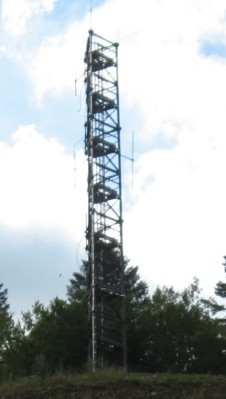
Road Tunnels Manual

Road Tunnels Manual
A tunnel is an enclosed structure that usually does not permit the natural transmission of radio waves to travel very far into the tunnel. To ensure that the emergency services and maintenance personnel can remain in radio contact with their colleagues outside the tunnel, it is necessary to install equipment that will provide this service.
Multiple frequencies can be retransmitted into the tunnel by taking “off-air” radio signals and re-transmitting them into the tunnel to allow:
There are a very large number of services whose frequencies can be retransmitted into the tunnel. However, not all of them are retransmitted, due to cost and feasibility issues. As a general rule, most frequencies used by the rescue services, frequencies used by the operator, a few FM and or DAB frequencies and frequencies of cell phone operators are generally retransmitted.
 A radio-retransmission installation in a tunnel essentially comprises of:
A radio-retransmission installation in a tunnel essentially comprises of:
There is usually no mandatory requirement to provide mobile telephone coverage inside tunnels. However, since the majority of tunnel users have mobile phones, it is believed to be a safer option to facilitate mobile coverage, encouraging stranded motorists to use their mobiles from inside their vehicles rather than getting out of their vehicles and using the roadside emergency telephones. Tunnel owners therefore often provide the mobile phone operators with facilities inside the technical rooms to allow them to install equipment that will provide continuing mobile phone coverage inside the tunnel.
See page on Radio break-in systems including Voice Break-In facilities, for further information.